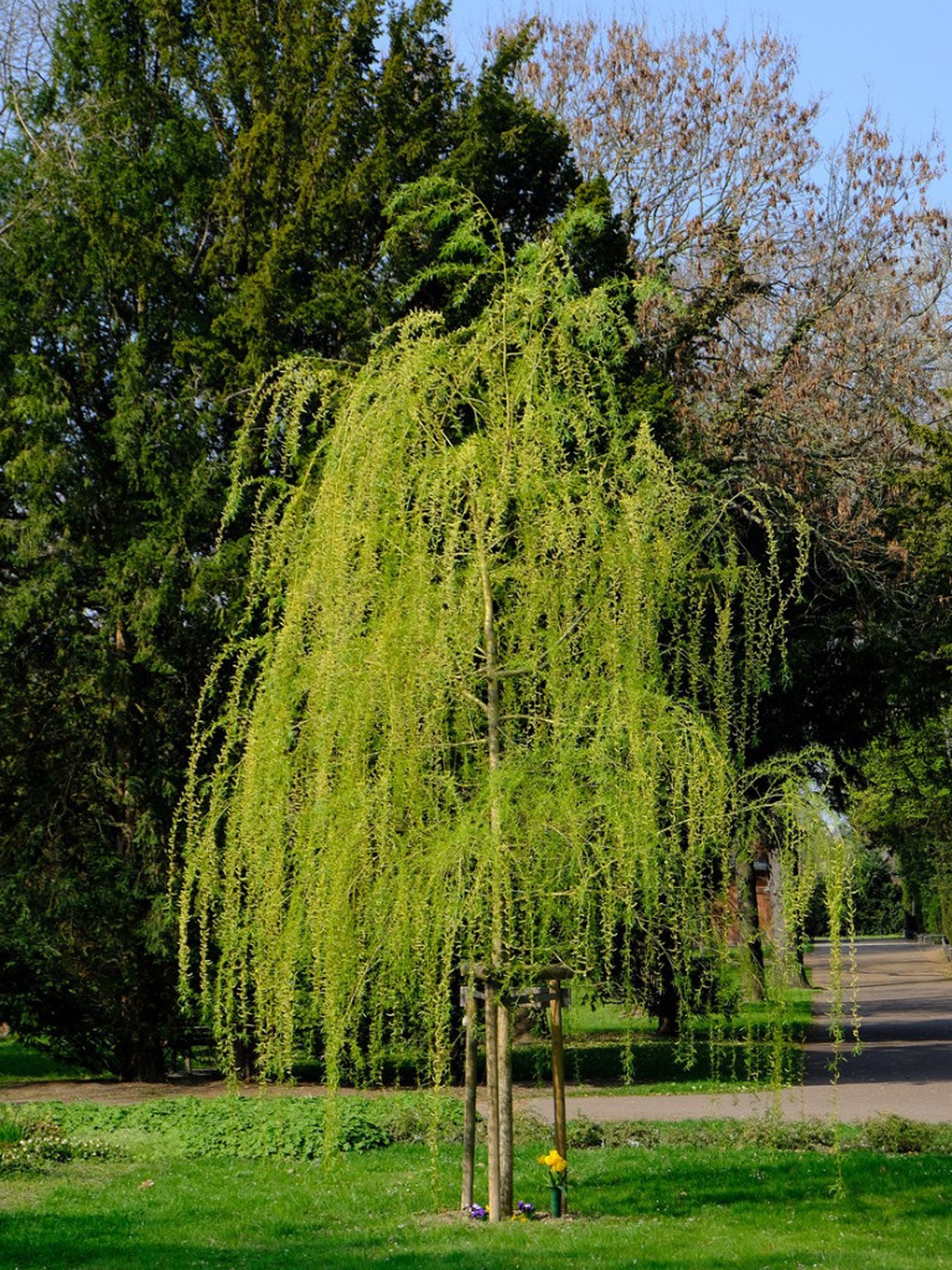Willow Varieties – Types Of Willow Trees To Grow In The Landscape


Willows (Salix spp.) are not a small family. You’ll find over 400 willow trees and shrubs, all moisture-loving plants. Types of willow that are native to the Northern Hemisphere grow in the milder to cooler regions.
If you are curious about which willow varieties might work well in your yard or garden, you’ll need to start by figuring out how much room you have and what growing conditions you can offer.
Read on for an overview of popular varieties of willows.
Identifying Different Willows
It isn’t very difficult to identify a willow. Even children can pick out pussy willows on a tree or shrub in spring. However, distinguishing between different willows is extremely difficult.
That’s because many types of willows interbreed. With almost a hundred different varieties of willow in this country, lots of hybrids are produced with characteristics of both parents. As a result, most people do not worry about distinguishing between varieties of willows.
Popular Types of Willow
There are more than a few stand-out willow varieties that everyone knows. One is the popular weeping willow (Salix babylonica). This tree grows to 40 feet (12 m.) high with a canopy spread of some 30 feet (9 m.). The branches cascade down, making it appear to be weeping.
Another common type of willow is the corkscrew willow (Salix matsudana 'Tortusa'). This is a tree that grows to 40 feet (12 m.) tall and wide. Its branches twist in interesting ways, making it a fine tree for winter landscapes.
Sign up for the Gardening Know How newsletter today and receive a free copy of our e-book "How to Grow Delicious Tomatoes".
Other tall willow varieties include peach-leaf willow (Salix amygdaloides) that gets 50 feet (15 m.) tall and American pussy willow (Salix discolor), growing to 25 feet (7.5 m.). Don’t confuse this with goat willow (Salix caprea) that sometimes goes by the common name of pussy willow.
Smaller Willow Varieties
Not every willow is a soaring shade tree. There are tall willow trees and shrubs with many stems that stay quite short.
The dappled willow (Salix integra 'Hahuro-nishiki'), for instance, is a lovely, little tree that tops out at just 6 feet (2 m.) tall. Its foliage is variegated in soft shades of pink, green, and white. It also offers winter interest, as the branches on its multiple stems are bright red.
Another smaller willow is the Purple Osier willow (Salix purpurea). As the name suggests, this shrub has astonishing purple stems and leaves with hues of blue. It only grows to 10 feet (3 m.) tall and should be cut back severely every five years. Unlike many willows, it doesn’t mind a little dry soil or shade.

Teo Spengler is a master gardener and a docent at the San Francisco Botanical Garden, where she hosts public tours. She has studied horticulture and written about nature, trees, plants, and gardening for more than two decades, following a career as an attorney and legal writer. Her extended family includes some 30 houseplants and hundreds of outdoor plants, including 250 trees, which are her main passion. Spengler currently splits her life between San Francisco and the French Basque Country, though she was raised in Alaska, giving her experience of gardening in a range of climates.